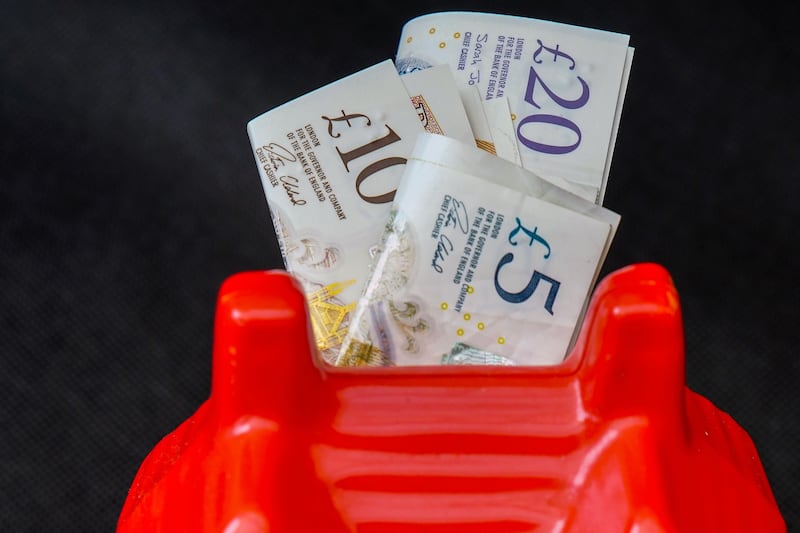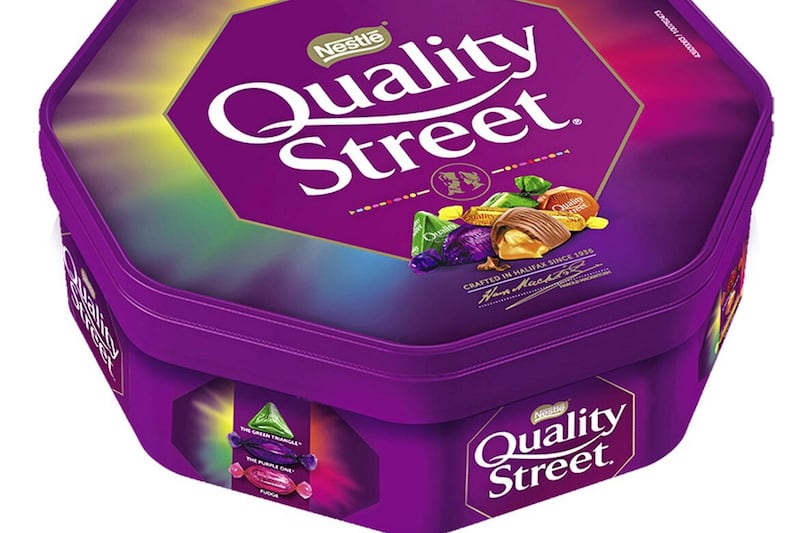THERE'S a saying “I can’t be an individual on my own . . .”
True, but you can own one or more Individual Savings Accounts, or Isas.
This is the time of year to think about servicing or opening your first Isa, with the next annual Isa savings allowance of £20,000 due to arrive on April 6.
So this week, we’re giving you a rattle bag of interesting thoughts in and around the Isa.
First let’s race through the Isa types, to refresh our memories and let you know what you can get. The variety is amazing – it’s the financial equivalent of a box of Quality Street, and if you just got queasy when I said that, you have nobody to blame but yourself.
Cash Isa: like a bank savings account, but you never have tax to pay on your interest. You can open one from age 16.
Stocks and Shares Isa: does what it says on the tin. Invests your money in the stock markets, probably giving stronger growth than cash in the long term, again with no tax on interest or capital gains tax. Open one from age 18.
Innovative Finance Isa: lends money to young companies (‘peer to peer’). Higher risk, but if you’re prepared to ‘risk it for a biscuit’ then again, no tax on returns.
Junior Isa: one for the wains under 18. Comes in cash and stocks variants, and the money’s locked in until they turn 18. Again, no tax to pay.
Lifetime Isa (‘Lisa’): open one from age 18-39 and the government tops up your contributions by 25 per cent. You can use it for two purposes only: to buy your first home, or to withdraw when you are 60. Otherwise there’s a penalty to pay.
Help to Buy Isa: similar to the Lisa in that it’s for helping you to buy your first home – but if you’re not (already) in, you can’t win; it’s now closed to new entrants.
Now, in 2016 the government brought in the Personal Savings Allowance (PSA) for ordinary (non-Isa) bank accounts, which meant that basic rate taxpayers (earning up to £50,270 i.e. most people) had no tax to pay on interest. Tax kicks in only when you earn £1,000 of interest, and not many of us are lucky enough to have that problem.
However, it prompted many people to wonder if there was any advantage to an Isa any more, especially since interest rates in cash Isas tend to be slightly lower than ordinary bank accounts. But interest rates are back on the rise, and if you are a basic rate taxpayer you begin to benefit if you have £30,000 or more in Isa savings.
And, of course, governments are famous for axing allowances such as the PSA when belts have to tighten, so nothing is set in stone. An Isa, on the other hand, is sure to save your savings from tax – forever.
Now. Time for a bit of illusionism. I want to show you an amazing trick. How do you make yourself invisible to government ministers? Answer: work self-employed. You miss out on auto-enrolment into a pension, with the tax relief it brings, and on employer contributions.
The best answer could be to save into a Lisa, and get that 25 per cent government top-up on savings for your retirement – and when you reach 60, all the money you withdraw is totally tax-free, compared to getting just 25 per cent of your money tax-free from a pension.
Worth thinking about? We have other amazing tricks we can do involving Isas. Give us a ring to learn more!
:: Michael Kennedy is an independent financial adviser and pensions specialist and can be contacted on 028 71886005. Further information on Facebook at Kennedy Independent Financial Advice Ltd or at www.mkennedyfinancial.com







